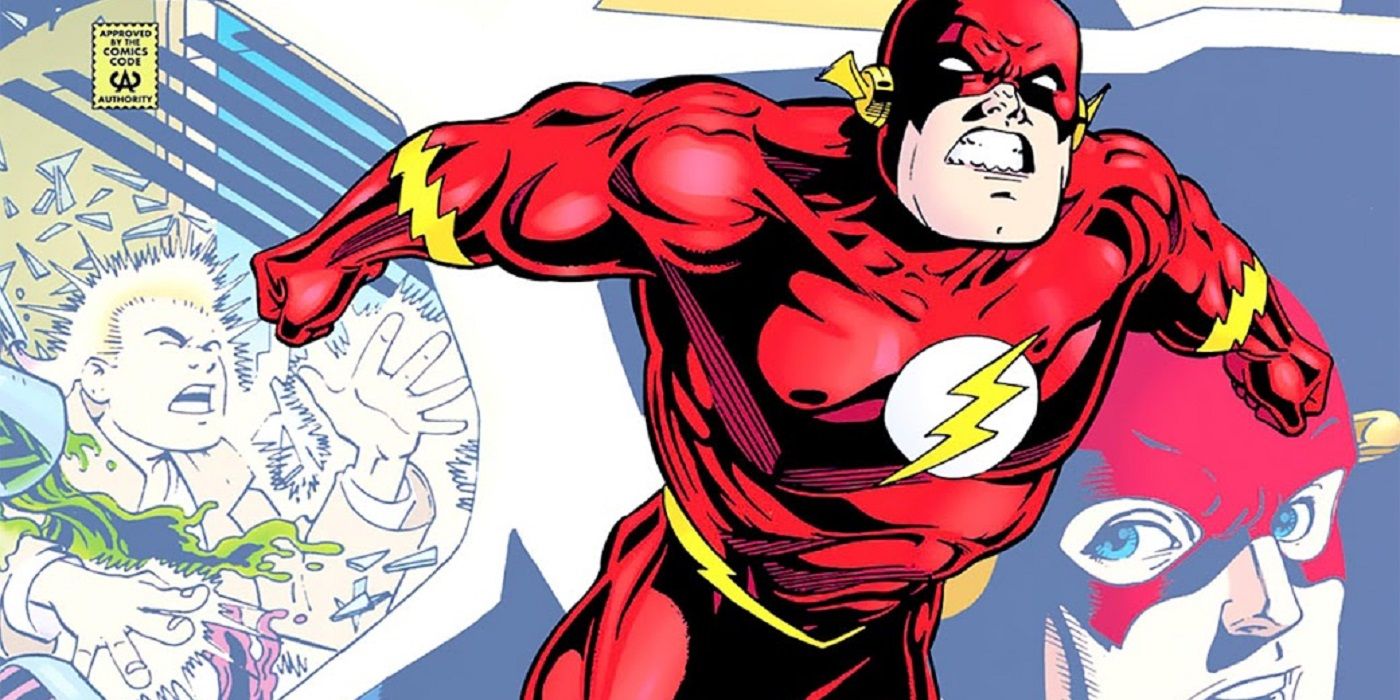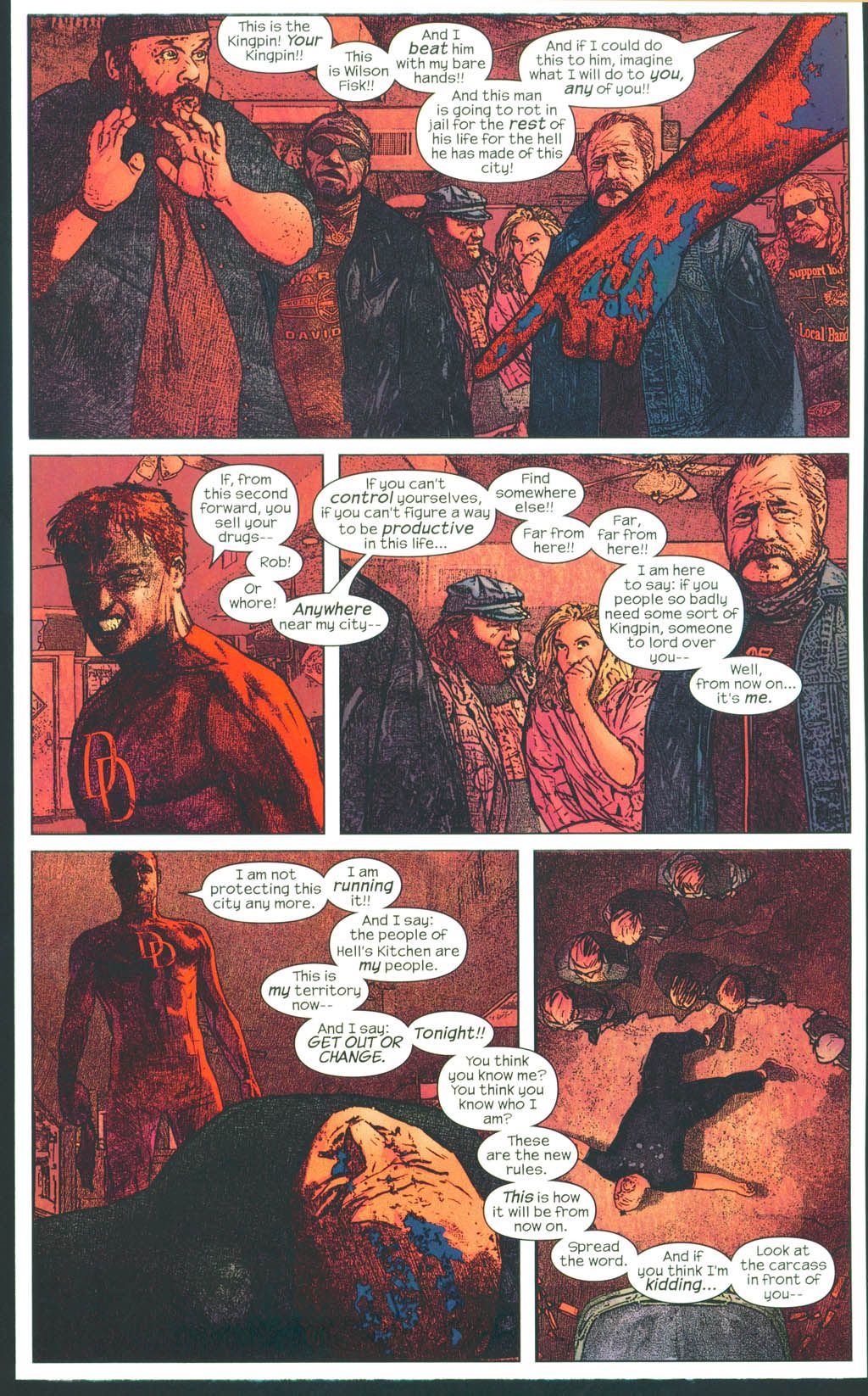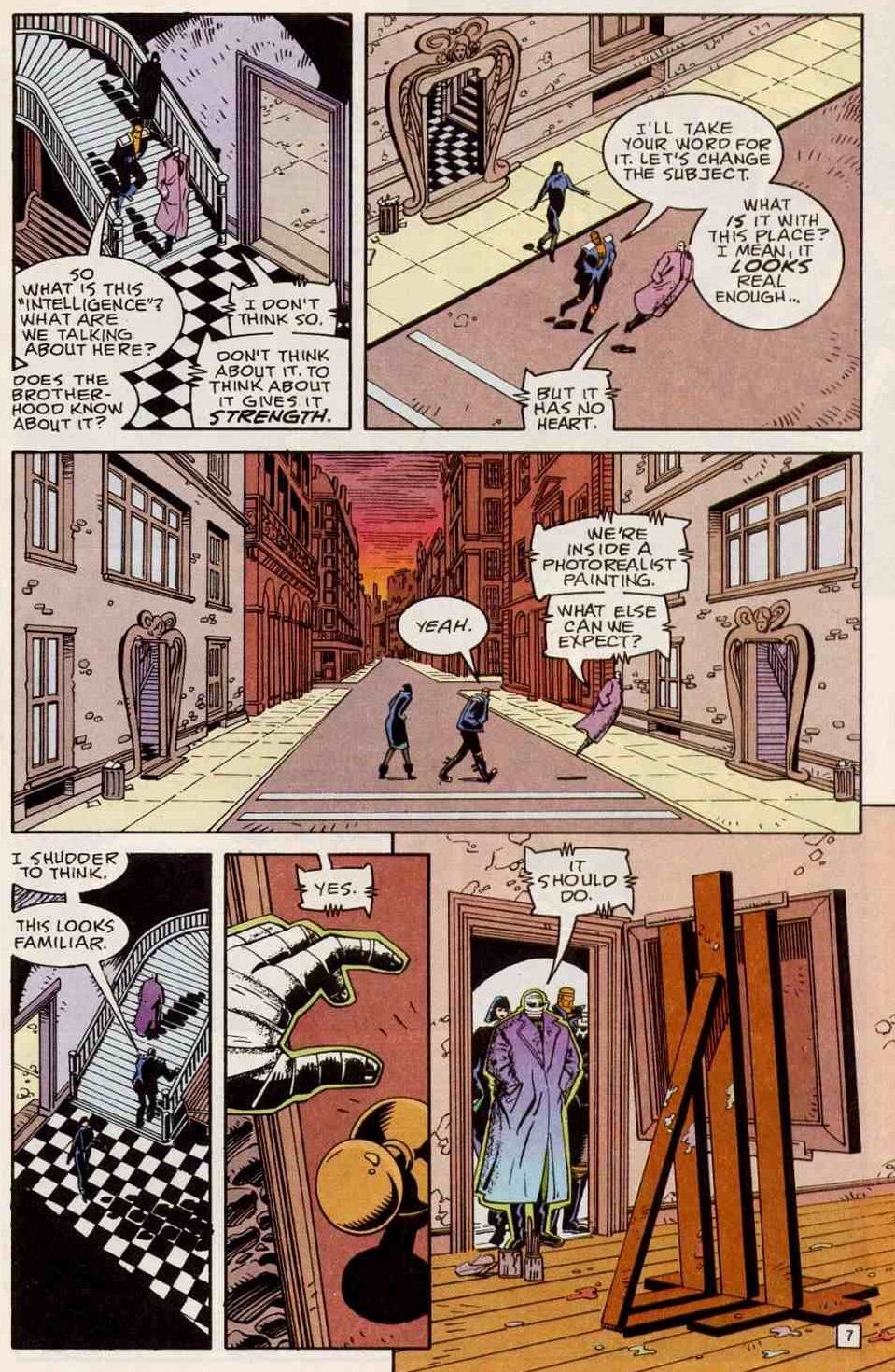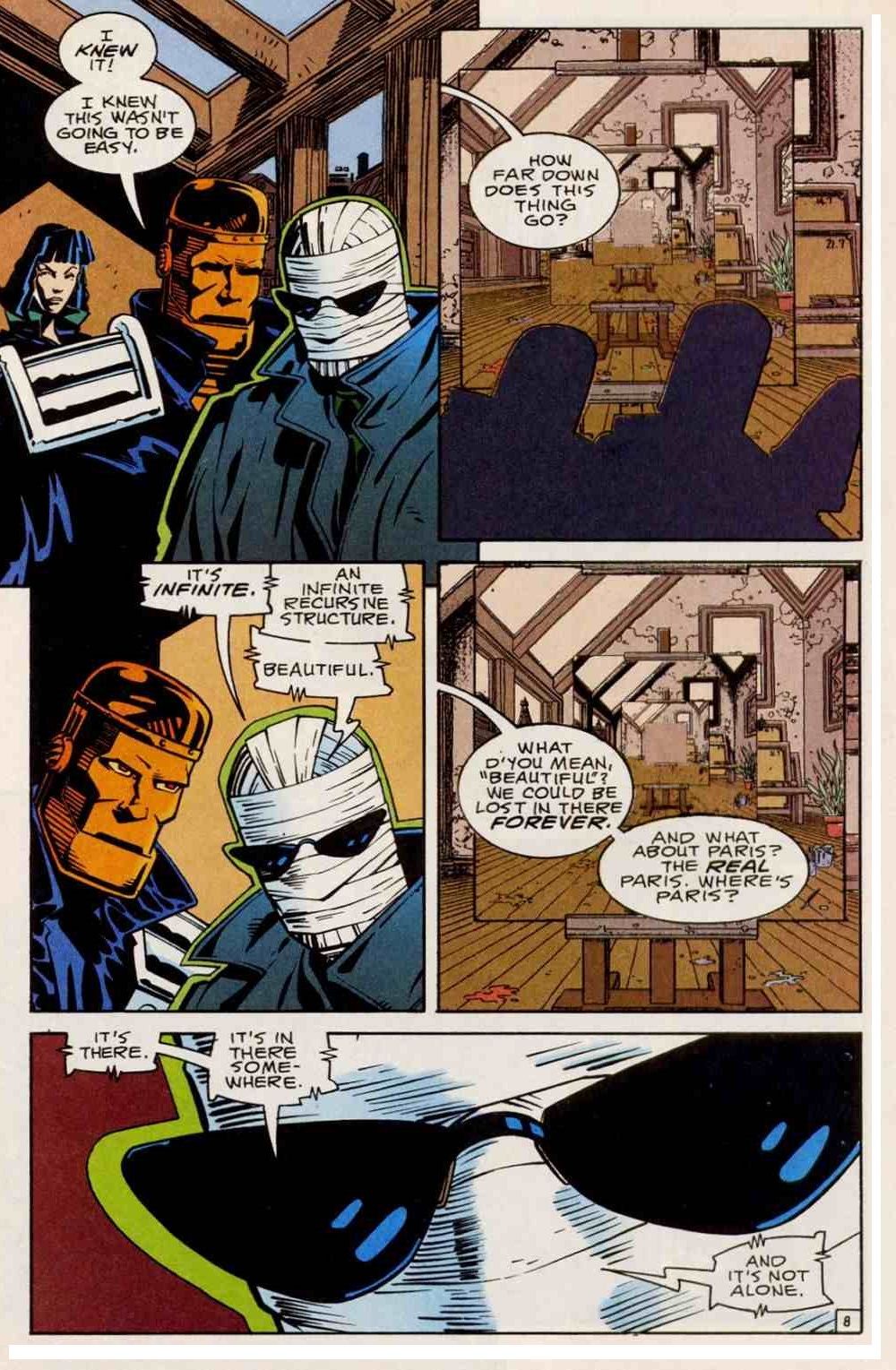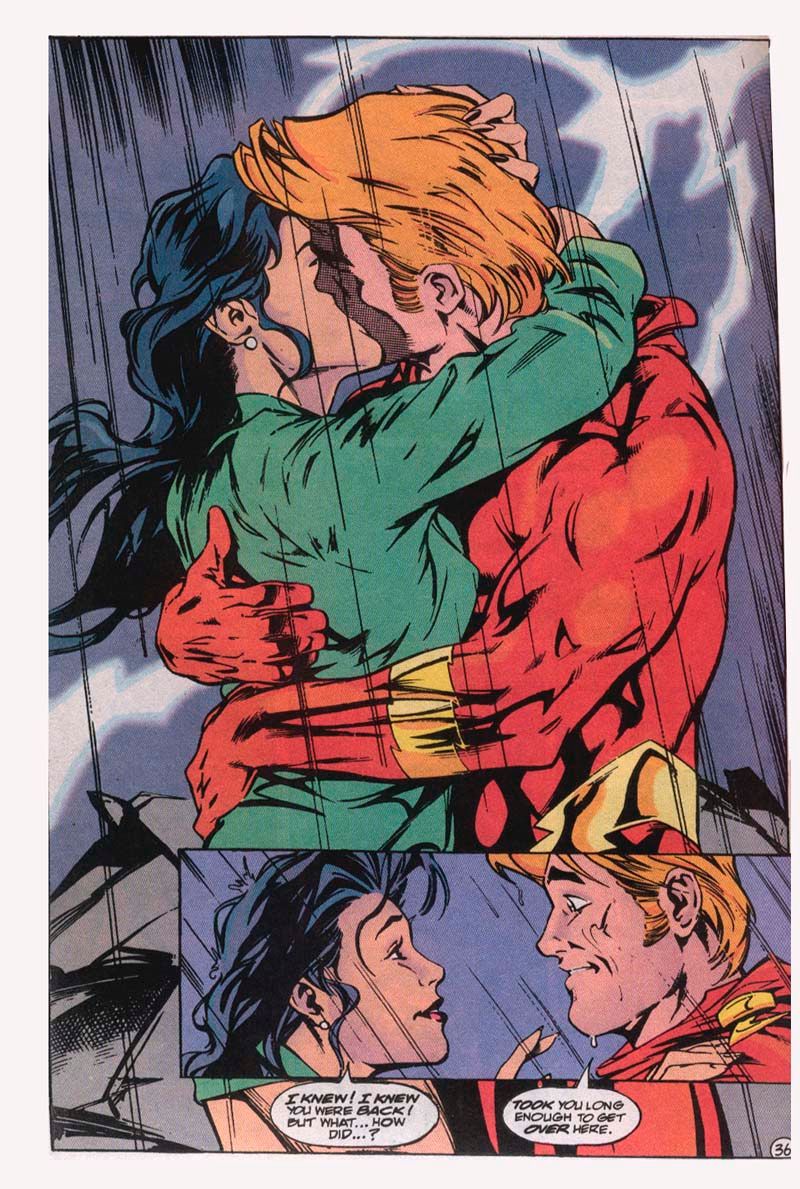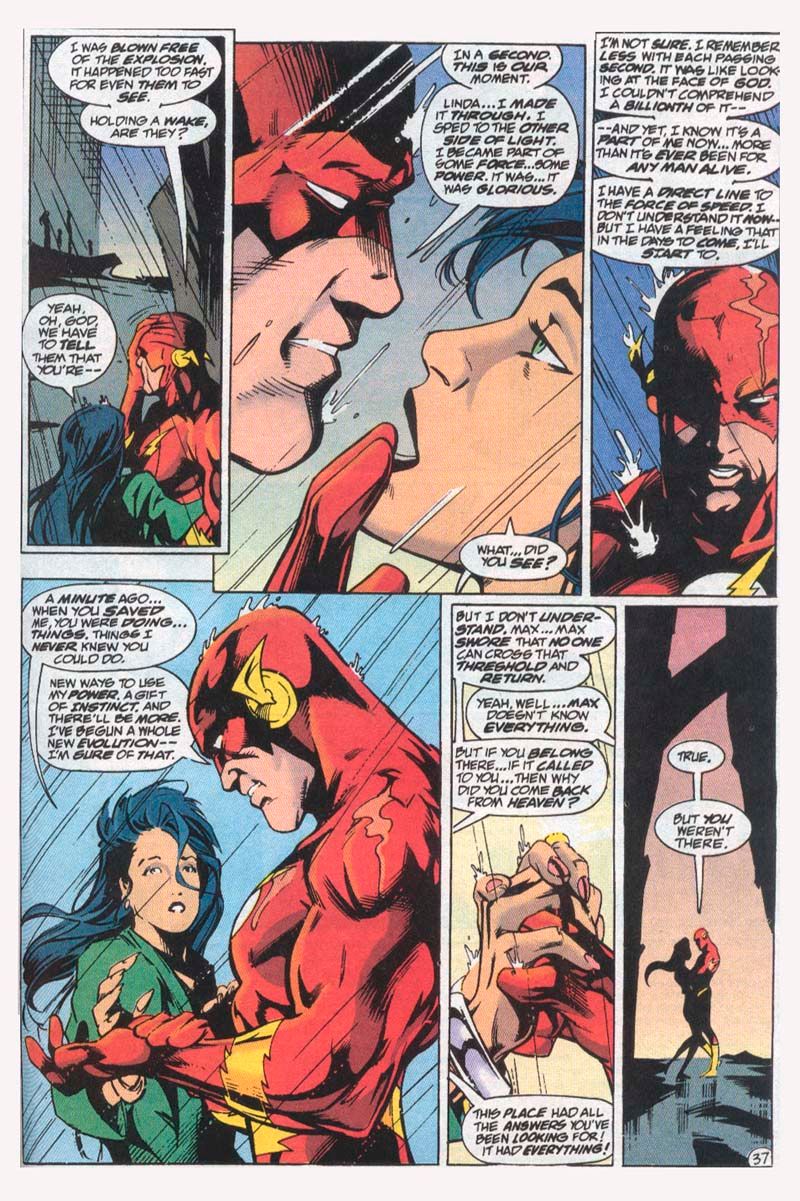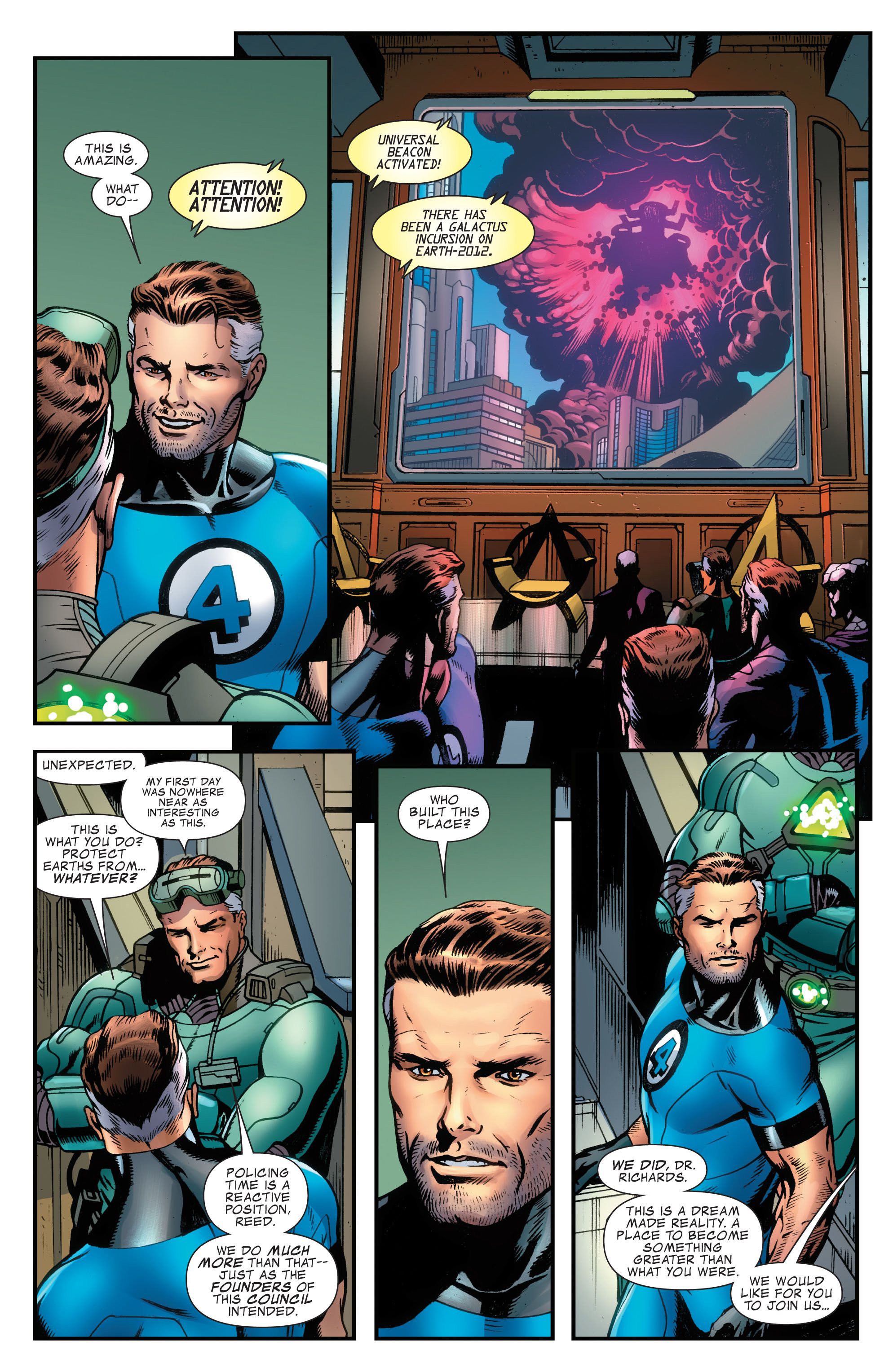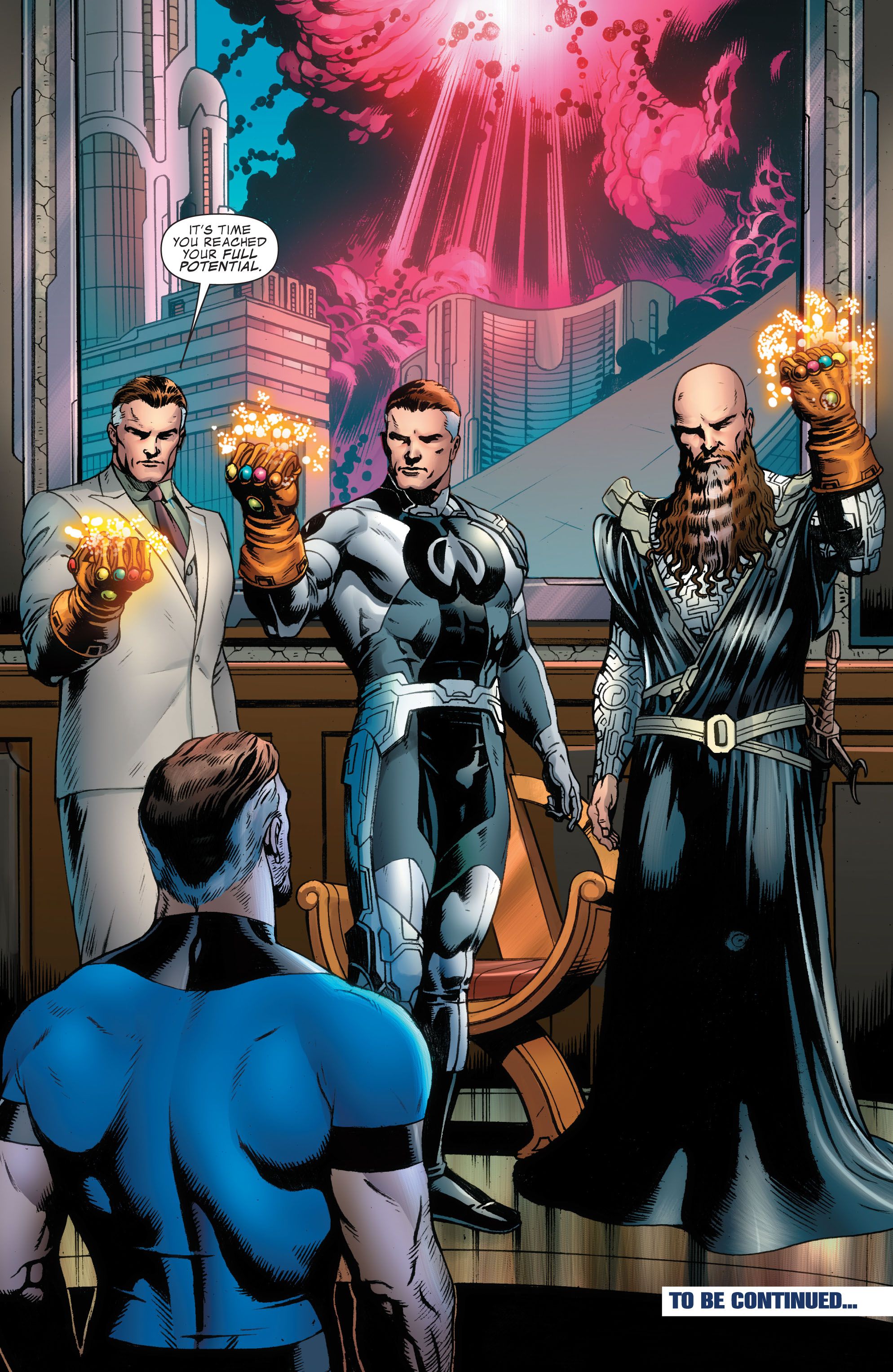You voted, and now, after over 1,000 ballots were cast (precisely three more ballots cast than four years ago), here are the results of your votes for your favorite comic book creator runs of all-time (this is the FOURTH time we've done this countdown. We're on an every four year schedule)! I'll try to post a new installment every day for the rest of the countdown.
To recap, you all sent in ballots ranking your favorite runs from #1 (10 points) to #10 (1 point). I added up all of the points and here we are!
24. Brian Michael Bendis and Alex Maleev's Daredevil – 532 points (8 first place votes)
Daredevil (Vol.2) #26-50, 56-81 (Maleev did not draw #38-40)
What is most remarkable to me about the run that Brian Michael Bendis and Alex Maleev did on Daredevil is how tightly plotted the fifty or so issue story was by Bendis. A lot of his works seem to be a little open-ended, but his run on Daredevil was quite focused. Of course, as good as the story was, the artwork by Alex Maleev was possibly even better, as Maleev made the perfect marriage between the artwork of Frank Milller that made Daredevil such a major work in the 1980s and the more noir elements that Bendis wanted to use with the book, as Daredevil under Bendis was very much a crime comic.
In his first storyline, Bendis dealt with an upstart gangster trying to take over the Kingpin’s racket. This led to a violent encounter with the Kingpin’s estranged wife, Vanessa, as well as Daredevil’s secret identity being revealed. This was a major plot point throughout Bendis’ run, as he showed how Matt Murdock dealt with everyone knowing that he was Daredevil.
During this time, Bendis introduced Milla Donovan, a blind woman who eventually became Matt’s wife.
Another major storyline was when the Owl attempted to take over the Kingpin’s (now vacant) racket, but the Kingpin returns to try to take it himself – this leads to Matt making a dramatic decision about who exactly will run his neighborhood of Hell’s Kitchen.
Hell’s Kitchen was a character itself during Bendis’ run, and Maleev depicted it beautifully.
After a time, Bendis made a revelation about Daredevil’s mental state that was mind-blowing, and really tied together the entire run, just in time for one final storyline that would set things up for the next run of Ed Brubaker and Michael Lark.
23. Grant Morrison's Doom Patrol – 540 points (13 first place votes)
Doom Patrol #19-63 (plus Doom Force #1, I suppose)
Arnold Drake created the Doom Patrol to be the world’s strangest superheroes, but by the time Grant Morrison took over the book, the second generation of the Doom Patrol were more of a half-hearted attempt at duplicating the success of the All-New, All-Different X-Men. Morrison decided to embrace the concept of the world’s strangest superheroes, and they gave the world a title that was strange, all right, but strange coming from the mind of Grant Morrison.
Outgoing writer Paul Kupperberg was kind enough to remove most of the members of the team for Morrison, as Morrison was really only interested, amongst the main cast members of the book, in Niles Caulder and Cliff Steele (although Josh Clay, a member of Kupperberg’s team, also stuck around, as the team doctor – Morrison would use him as the lone voice of sanity among all these bizarre goings-on, but sadly, as you might imagine, the one sane guy doesn’t stand much of a chance in a book like this). That said, Morrison DID bring back a minor character from early in Kupperberg’s run, the powerful girl with “imaginary” friends and a face like an ape, Dorothy Spinner. New team members were Crazy Jane, who had different powers for each one of her split personalities and Danny the Street, who was, well, a street.
Morrison used the group to explore various secret groups, all with an idea for making the book as bizarre as possible. The great thing about it was that Morrison slowly made the book weirder and weirder as they went along, so the first issues are fairly normal, but if you compare their early issues to the end of their run – it’s like night and day.
Morrison used all sorts of different ways of telling stories, as well as doing a number of parodies, most notable of all, the Charles Atlas take-off, Flex Mentallo (who would later gain his own spin-off mini-series by Morrison and Frank Quitely). Some of the bizarre characters included the evil Scissormen, the Brotherhood of Dada, and one of Dorothy’s scariest creations, the Candlemaker.
Here is when the Doom Patrol had to solve the case of the Painting that ate Paris…
Towards the end of their run, Morrison spun the book around on its head, with a member of the group revealing a dark secret. By the time they left, they did not leave really much for incoming writer Rachel Pollack to do – the book really ought to have just ended with Morrison’s last issue, the book by the point of their departure was so indubitably theirs, and they took most of the coolest characters with them as they departed. Not that Pollack didn't do a good job, just that it was a rough assignment for anyone.
22. Mark Waid's first run on Flash – 588 points (4 first place votes)
Flash #62-129, plus a #0 (#118-129 co-written with Brian Augustyn, and interestingly enough, the book actually changed titles from Flash to The Flash at #101)
Mark Waid burst on the scene with Flash by giving readers “Kid Flash – Year One,” which was a touching tribute to the beginnings of Wally’s career, and a clear note that Waid’s stories were going to be ones that stressed characterization first.
One piece of characterization that Waid picked up from outgoing writer, Bill Loebs, was the relationship between Wally and his friend, Linda Park. Loebs had slowly built up an intriguing friendship between the two, but it was Waid who made the friendship a full-fledged romance, leading to the centerpiece of Waid’s run on Flash – the love between Wally and Linda.
After a storyline with Abra Kadabra, Waid launched probably his most memorable storyline, where he had Barry Allen seemingly return from the dead. Seeing Wally’s reactions to both Barry’s return and the realization that bad things were happening was probably the point where Waid’s Wally West became a true adult. It was a beautiful coming of age storyline, and it also introduced Max Mercury, a cool new character that Waid had come up with, a zen-like fellow (who is ostensibly based on some old Golden Age hero).
Waid’s next big storyline introduced Impulse, the young cousin of Wally from the future, who was raised in virtual reality, so he had, well, an impulse problem. Young Bart Allen became Wally’s sorta sidekick, and soon gained his own spin-off title (bringing Max with him as his guardian).
Perhaps the masterstroke of his run was the development of the “Speed Force,” an almost mystical energy field that gave all speedsters their powers. During a big storyline leading up to #100, Wally was absorbed into the Speed Force, leaving Bart and the other speedsters (Johnny Quick, Max Mercury, the Golden Age Flash, Jay Garrick, and Johnny Quick’s daughter, Jesse) to defend the Flash’s city, along with Linda (she is the narrator of the issue, and she makes a point to note that she no longer believes in miracles after Wally’s death).
However, Flash manages to pull himself out of the force, all based on the power of his love for Linda.
Awwww….
After that moment, the book’s momentum slows a bit for the rest of Waid’s run. There’s a storyline with this guy who can steal the Speed Force from people, and then there’s a story where Wally gets lost in time and replaced by John Fox, the Flash from the future, who is a bit of a jerk. Then there’s a few short storylines before Waid and Augustyn (originally Waid’s editor on the book, and became his co-writer with #118) took a break with #129. They would return in a year’s time for a new run that ended with #159 (#162 for Augustyn), and the marriage of Wally and Linda. Waid would return years later in #231 for a short run with Wally, Linda, and their two children (who also had powers).
Waid began the book with incumbent artist, Greg LaRocque, who stayed on the book until the end of the Return of Barry Allen. The late, great Mike Wieringo would take over, and draw the book for about 20 issues or so, helping to create Impulse with Waid. After #100, Waid had a string of young artists work on the book (most of whom would go on to big things after their time on Flash, like Salvador Larroca and Jimmy Cheung), and his first run finished with Paul Ryan supplying the artwork.
21. Jonathan Hickman's Fantastic Four – 611 points (10 first place votes)
Fantastic Four #570-611, FF #1-23
Jonathan Hickman burst onto the Fantastic Four “scene” with an impressive opening. Reed Richards meets “The Council,” a group of Reed Richards from throughout the Multiverse…
However, our Reed Richards is special. He has something that these other Reeds doesn’t have. He still has a conscience.
It was a brilliant observation by Hickman that what makes Reed so special is not his great intelligence, but rather the fact that he is surrounded by a family that grounds him and prevents him from ever becoming the mad scientist he very easily could become. They make sure he has a conscience.
One of the fascinating aspects of Hickman’s Fantastic Four run was how calculated the whole thing was. Hickman is a complex thinker and his run was carefully planned out. In his early issues, the Fantastic Four slowly encounter a growing group of brilliant young minds. After the Human Torch was seemingly killed off, Reed Richards decides to form the Future Foundation, a group where he can help mold these young minds into helping the world. A Council of his very own, but one guided by good intentions and not ego.
Meanwhile, Hickman also has made sure to put new spins on a variety of classic Fantastic Four concepts and characters. Galactus, the Inhumans, the Kree, Atlanstic, Black Panther, the Wizard, if they were a part of the classic Jack Kirby/Stan Lee Fantastic Four run, they’ve been addressed and given an interesting new spin by Hickman.
Dale Eaglesham was the original artist on Hickman’s run. Then Steve Epting joined for the “death” of the Human Torch and the launch of the Future Foundation in a new title, FF. After the Fantastic Four returned (with the return of the Human Torch), Epting went with the Fantastic Four but a number of artists did arcs on Fantastic Four, as well. FF, meanwhile, was taken over by first Juan Bobillo and then Nick Dragotta.
Hickman left behind a very impressive legacy in his three years on the book. He sort of wrapped up the Reed/family deal in Secret Wars.

